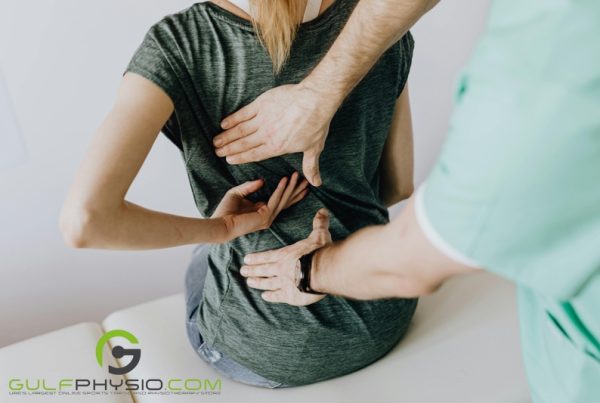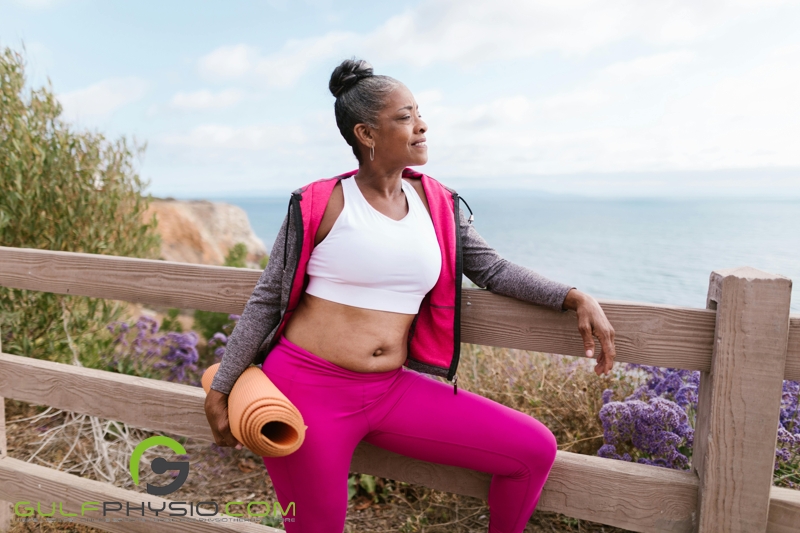
A study conducted in the Journal of Aging Research found that older individuals (aged 55-86 years) have a rate of decline in flexibility ranging from 0.5° to 1.5° annually. Loss of flexibility, especially as we get older, may lead to serious health hazards such as an increased susceptibility to injury and falling. With this in mind, what steps can we take to maintain our flexibility as we get older?
What is “Flexibility?”
When you hear the word “flexible” you may conjure up an image in your mind of a person who can move or contort their body in unique ways without getting hurt or injured, and while that is correct, it becomes more complex with health and medical terms.
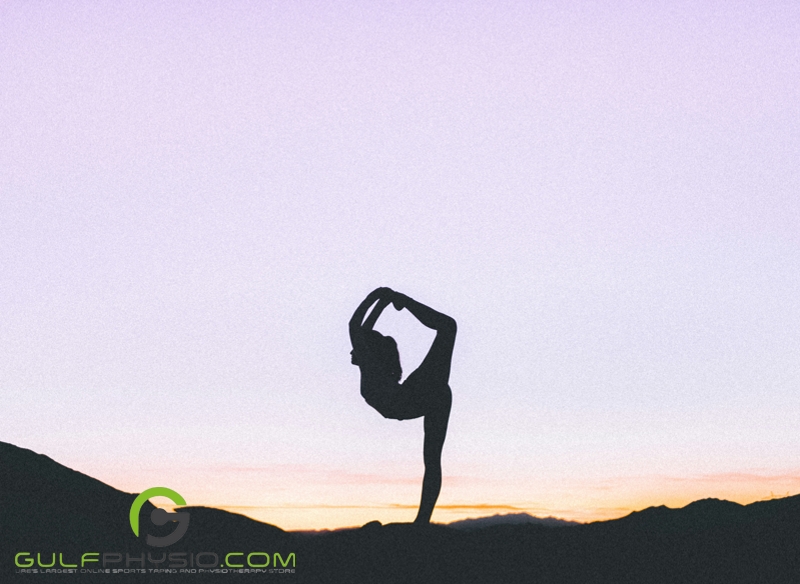
According to UC Davis Health, a joint or group of joints’ ability to move through a range of motion without pain or inhibition defines flexibility. A joint’s range of motion may vary from person-to-person, but there is a minimum degree of motion required to avoid injury.
The Importance of Flexibility
As mentioned in the introduction, there is a significant decline in flexibility as we age. A lack of flexibility can lead to some issues:
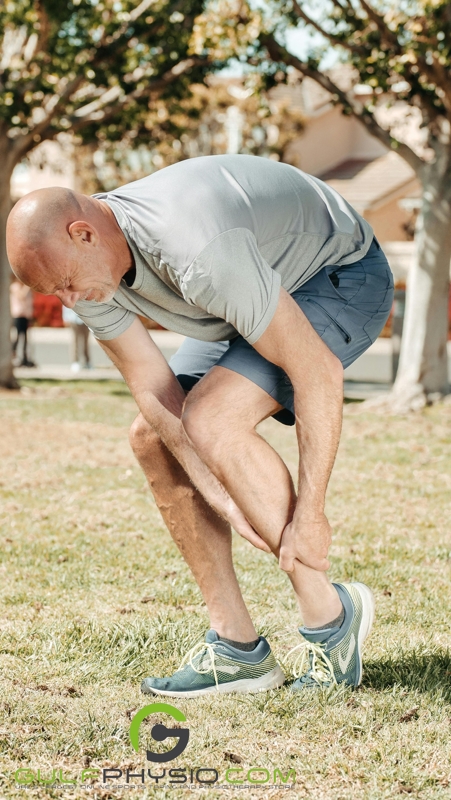
Joint Movement
To keep cartilage and other joint components healthy, joints need to move through their full range of motion. They also need more synovial joint fluid to deliver more blood and nutrition to the joint structures. Loss of flexibility causes a loss of synovial fluid, and thus stiff joints and tight joint movement.

Fatigue and Injury
Inflexible muscles wear down more quickly, making opposing sets of muscles work harder. Muscle fatigue causes damage to the muscles and a reduction in their capacity to shield joints from more serious harm.
Flexibility Exercises
As you age, maintaining the flexibility and mobility of muscles and joints, and stretching, is more essential. It enables your body to move in ways that you might not typically do in your day-to-day activities. If you don’t stretch regularly, your muscles will tighten and may not function properly.
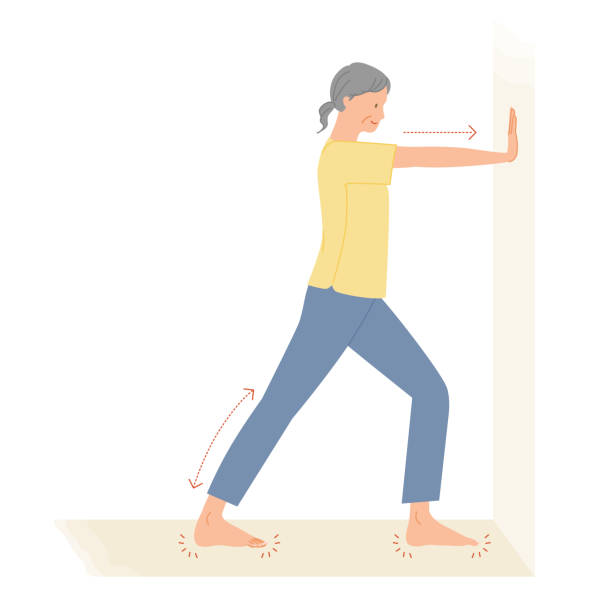
Soleus Stretch
Your calves may get tight if you sit or stand for extended periods of time. Activities like walking or climbing stairs can become difficult and even painful due to calf stiffness. You can achieve much-needed relief by stretching your calf muscles, especially the soleus.
- Stand 2 – 3 feet away from a wall.
- Take a step towards the wall using your right foot.
- Place both hands on the wall and, without lifting your heels, lean forward with a slight bend to your knees.
- Hold this position for 30 seconds to 1 minute.
- Relax your legs, then repeat the exercise two more times.
- Switch legs and repeat the exercise.
- Do this workout three times every day.
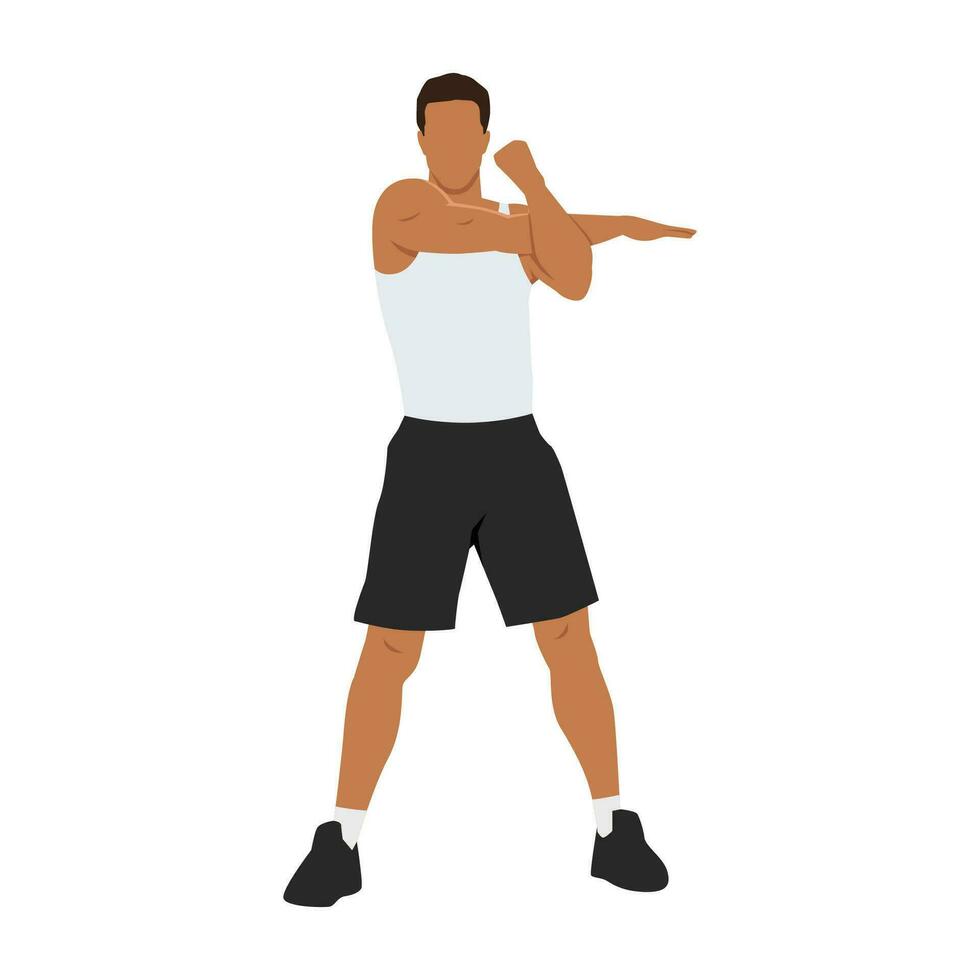
Across The Chest Shoulder Stretch
Your shoulder joint and surrounding muscles will become more flexible and have a greater range of motion with this movement. You can also relieve shoulder pain and prevent degeneration by using this easy shoulder stretch to loosen up your shoulder joint.
- Stand with your feet hip-distance apart, or if standing is too difficult, sit up straight in a chair
- Stretch your right arm straight out in front of you.
- Place your opposite hand on the elbow of the outstretched arm and gently pull the arm across your chest until you feel a slight stretch in your shoulder.*
- Hold this position for 10 to 30 seconds.
- Repeat the exercise on the opposite arm.
- Do this exercise 3 to 5 times on each side alternately.
*During the exercise, keep your elbow below shoulder height.
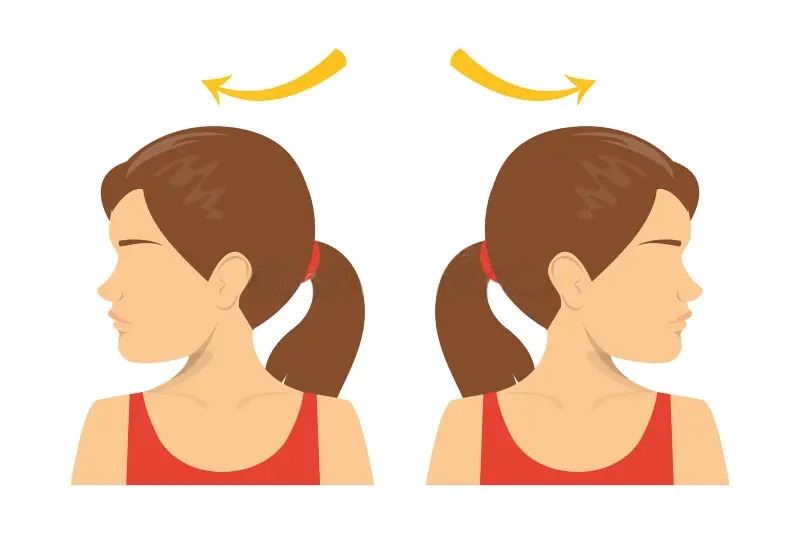
Neck Stretches
This stretch can help relieve neck tension. It is ideal after activities that make you feel stiff, such as sitting at a desk for prolonged periods of time.
- You can do this stretch while standing or seated.
- Keep your back straight with your feet flat on the floor, shoulder distance apart.
- Gently turn your head to the right until you feel a slight stretch in your neck. Be mindful and make sure your head does not tilt forward or back, keep it in a comfortable position.
- Hold this position for 10 to 30 seconds.
- Turn your head to the left and repeat the exercise.
- Repeat this exercise 3 to five times.
Our Thoughts
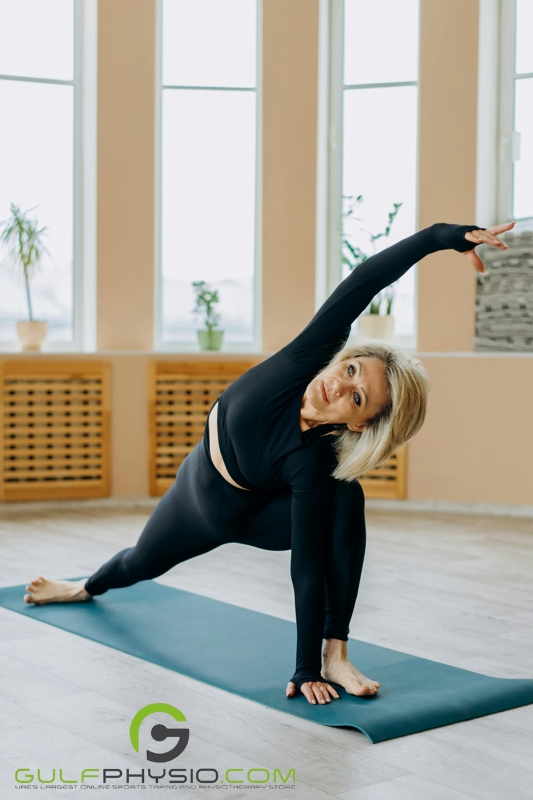
Flexibility is an important ability for our bodies to have, but as we age, this ability slowly deteriorates, leaving us vulnerable to pain and even serious injury. With that in mind, we must take steps to preserve our flexibility as best as we can. Staying active and practicing healthy habits of exercise and mindfulness will allow us to achieve this even as we age.
Disclaimer
GulfPhysio.com and all of its content are for informational purposes only. All information is believed to be accurate at the time of posting and should NOT be taken as professional medical advice. Please seek a medical professional in the event of pain or injury.
Want to learn more about health, pain management, and disease? Then read our articles “Joint Degeneration and Aging” and “Let’s Get Physical!: The Benefits of Physical Activity on Your Body”.


